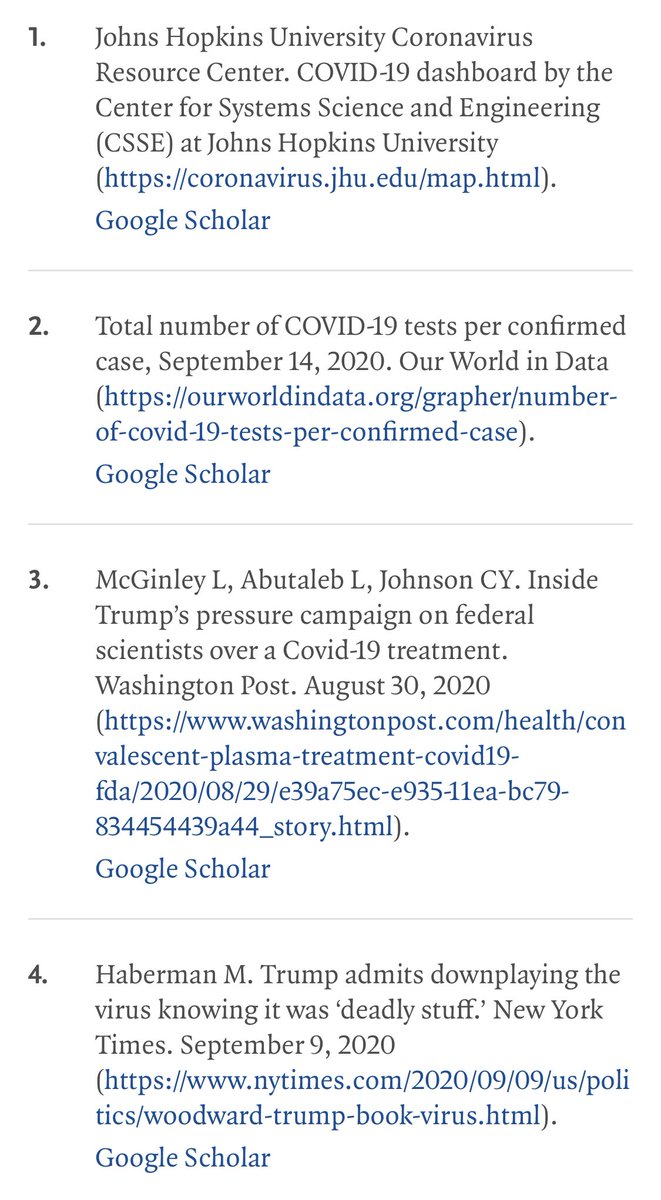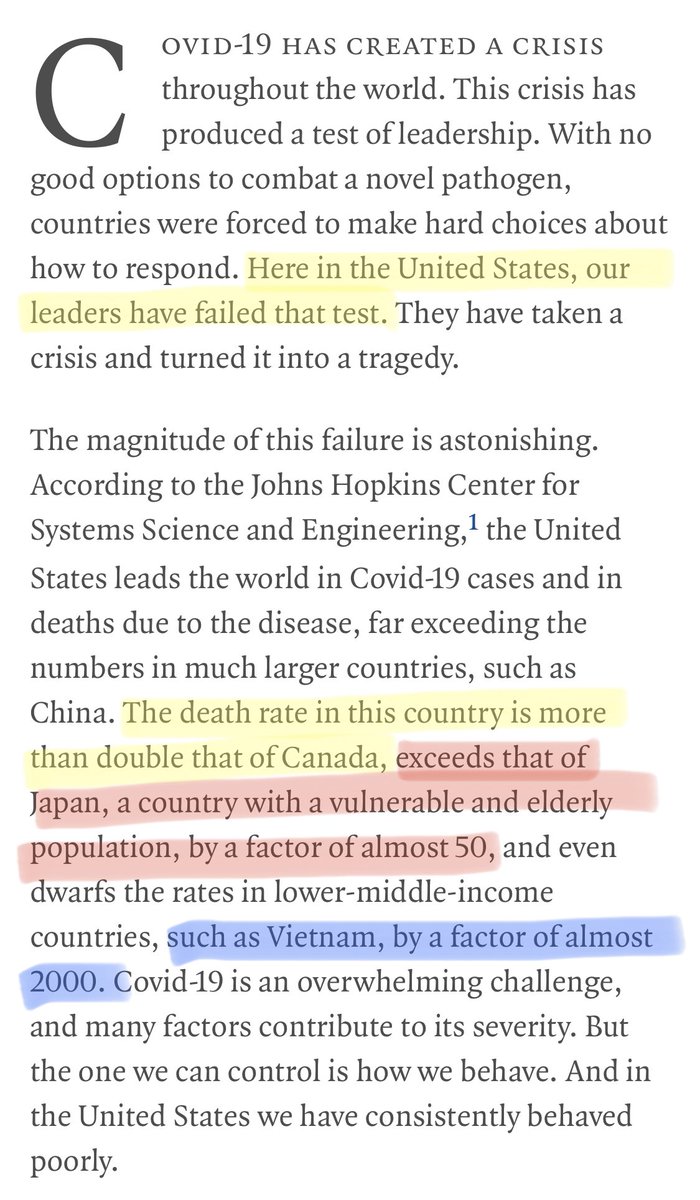These studies are looking at in-hospital cardiac arrest (IHCA) in COVID.
If you want to understand unique aspects of IHCA in COVID, who should you compare COVID arresters to?
If you want to understand unique aspects of IHCA in COVID, who should you compare COVID arresters to?
In the British study (bmj.com/content/371/bm…) who were COVID arresters compared to? (Poll in next tweet.)
Who were British COVID arresters compared to?
There was also an American study, thank goodness! (jamanetwork.com/journals/jamai…).
This study was done at a single hospital. And these guys were smarter than those Brits, because they compared COVID arresters to non-COVID arresters, albeit historically.
In all fairness, it is hard to find too many contemporaneous non-COVID arresters during the pandemic.
In all fairness, it is hard to find too many contemporaneous non-COVID arresters during the pandemic.
So, what was the comparison group to the single-hospital COVID arrester cohort?
Wow, this is hard work!
How does @ProfDFrancis have time to cath?
It’s getting late early here, so I’ll add some concluding remarks after folks have had a chance to vote.
How does @ProfDFrancis have time to cath?
It’s getting late early here, so I’ll add some concluding remarks after folks have had a chance to vote.
Yes—not only did I accidentally fork this thread, but I gave away the answer to the British paper.
• • •
Missing some Tweet in this thread? You can try to
force a refresh














